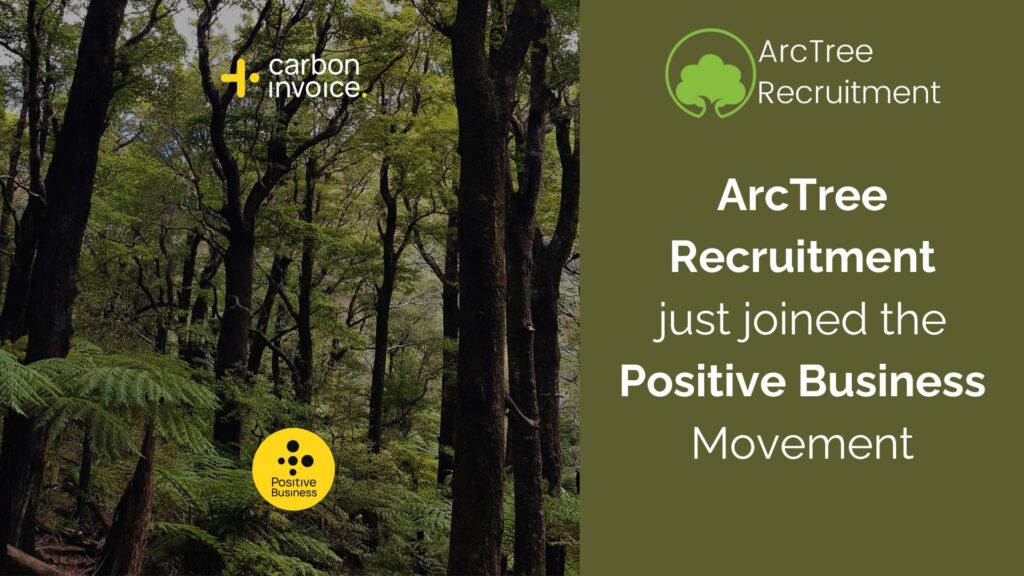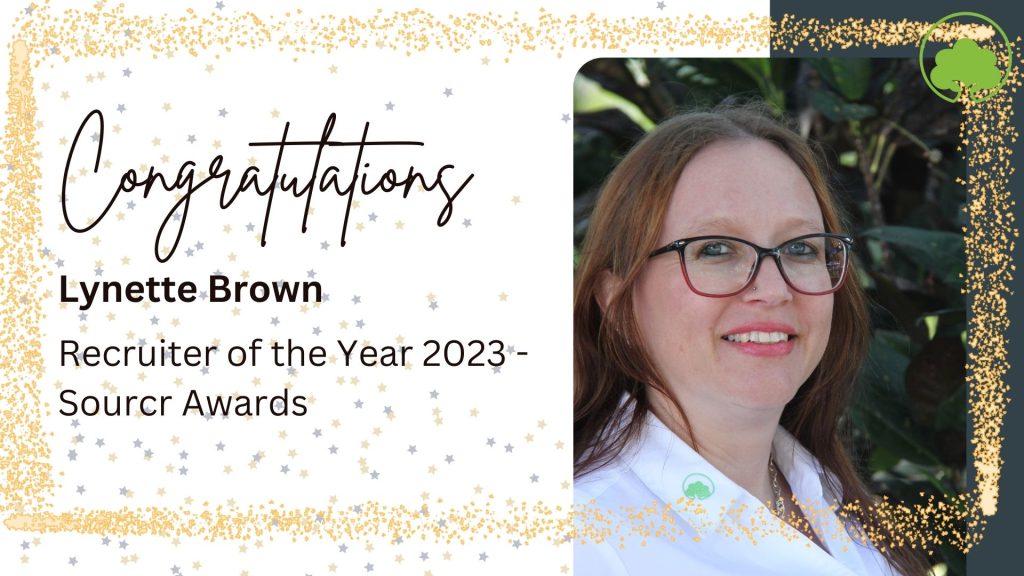Q: In your work with predictive analytics, what areas of the workforce are you focused on? (i.e., optimizing workforce productivity, using big data to solve workforce challenges, building a workforce analytics driven culture, etc.)?
A: Our predictive work focuses on what we call “high volume roles”. That is: Roles that have a lot of employees in the same role, performing exactly the same tasks. Examples are: Sales Reps., Insurance Agents, Call Center Reps, Customer Service Reps, Bank Tellers and the like. We focus on this area because high volume roles give us a lot of data to work with – with employees who have the same goals, etc. This is a very high value area for the organization when we can solve a specific attrition or performance challenge.
We predict the following in these roles:
Predicting and reducing employee attrition
Predicting and increasing employee performance
Predicting and reducing employee cost
Q: What workforce outcomes do your models predict?
A: Our predictive models predict:
Probability of High or Low Job Performance – Which employees are likely to perform successfully in a role (before or after hire);Probability of Attrition – Which employees are likely to stay in a role a short or long time – or enough to pay back their costs, or not (before or after hire);Note: These predictions are at the individual employee level.
Q: What is one specific way in which predictive analytics actively drives decisions?
A: For example we just deployed a hiring model to a client with high attrition. The model calculates the probability that a job candidate will last in the role for a period of a year.
When a predictive model shows only a 25% probability that a candidate will stay in the role for more than 3 months, hiring decisions change.
Q: Can you describe a successful result, such as the predictive lift of your model or the ROI of an analytics initiative?
A: In one large financial call center, we were able to reduce Attrition by over 30% saving more than $4 million annually.
In another example, depending on the model and cutoff point we often see lift between 60% and 200% over current methods.
Q: What is an example of surprising discoveries you have unearthed in your data?
A: Several things come to mind that have been surprising discoveries:
We are surprised that annual performance review scores don’t lend a lot of insight into predicting who top performers will be as they have very little variance.It is surprising how little “skills” correlate to actual performance in a role. In one client engagement, we found that an expensive pre-hire skills assessment negatively correlated with ultimate job performance. (We are surprised at how often measurement vendors have universal measures of success in particular roles, .i.e., call center roles, sales roles).We continue to be surprised how expensive attrition can be – even for relatively low volume roles (i.e., 200 people in the same role). Attrition can cost upwards of $1.5 million annually. And, we continue to be surprised employers are not aware of how expensive this asset is.
Q: What area of the workforce do you think has seen the greatest advances or ROI from the use of predictive analytics?
A: We have only scratched the surface of using predictive analytics in clinical medicine. I think that medical device manufacturers have made great advances in embedding PA into their medical device algorithms. In addition, healthcare entities involved in providing insurance coverage have likely experienced high ROI in using PA for limiting their exposure to financial risk.
Q: Why do you think HR leaders and Business Leaders alike should attend Predictive Analytics World for Workforce?
A: This is the only predictive analytics conference – globally – that is focusing on workforce issues. Most others are workforce conferences that dabble in analytics, or academic conferences that dabble in the real world application of predictive analytics for solving workforce challenges.
The Predictive Analytics World conference series has proven its value for all other kinds of predictive people analytics: customer analytics, voter analytics, sports player analytics, patient analytics, the list goes on. Employee predictive analytics is clearly the next high value, high value target.
Q: Do you feel any urgency you want to pass along to your fellow HR and Business Executives to implement predictive analytics with their employee data? Why?
A: I do feel urgency on behalf of our clients and employers worldwide.
Today’s competitive advantage lies in an employer’s data and the way they’re able to exploit that data for the advantage of their stockholders and their employees.
If employers want to innovate, and lead, and not be left behind, they need to commit to competing on talent analytics. Today. This year. Not next year.










